What is an electric-assisted cargo bike?
An electric assist cargo bike is, in a nutshell, a cargo bike with an integrated electric motor that provides some form of assistance to the rider, thus helping the cargo bike to move forward. This assistance can come in a variety of new forms, such as hub motors, mid-mounted motors, pedal assist, etc. The pedal assists motor is mounted near the crank of the electric assist frame and provides the electronic assistance that accompanies the power applied by the rider.
The output of these motors is usually limited by local laws, resulting in a maximum output of 250 watts for most electric-assisted bicycles. In addition, there is usually no throttle (electric) control, and the bike must be equipped with pedals and the pedals are the primary source of power before it is considered an electric-assisted bicycle. In most countries, the maximum power of an electric-assisted bicycle is limited to 250W and the speed is limited to 25km/h. Otherwise, it is classified as a motor vehicle and subject to motor vehicle regulations.

What are the different policies for e-bikes in different countries and regions?
In the EU, e-bikes are divided into 2 categories according to the way they are used.
- Pedelecs: no handlebars, and the motor must intervene after pedaling.
- E-Bike: with handlebars, you can choose to drive the bike completely by the handlebar without moving your feet, or you can choose to pedal to get a motor boost.
The parameters of the electric bicycle are strictly defined as follows
- The maximum continuous output power of the motor is 250W.
- The motor current will be disconnected when the speed reaches 25km/h and will no longer provide assistance.
Thirteen U.S. states (Arizona, Arkansas, California, Colorado, Connecticut, Idaho, Illinois, Michigan, Ohio, Tennessee, Utah, Washington, D.C., and Wyoming) have pioneered the Class 1, 2, and 3 classification system. The difference between the provisions of the three classes of electric bicycles is as follows.
- Class 1 e-bike - Pedal-assisted electric bicycles are also known as electric pedal bikes. Speed is limited to 20mph and motor power is limited to 750W.
- Class 2 e-bike - Throttle electric bicycle with optional pedal assist. Speed is limited to 20mph, and motor power is limited to 750W.
- Class 3 e-bike - Pedal assist and optional throttle. Speed is limited to 28mph and motor power is limited to 750W.
When is 250W enough? Mid-mounted motors VS. hub motors
Higher wattage doesn't always equate to a faster e-bike. In fact, some of the most powerful feeling e-bikes we've tested have had 250W motors. It's all about how that power is applied to the ground.
There are two main types of electric bike motors: hub drive motors mounted on the rear or front wheel and mid-drive motors located between the bottom bracket crank arms of the frame.
Mid-drive motors: 250W is usually enough
- Many mid-drive motors are rated at 250W. Typically, these motors power the e-bikes that are considered to be the most powerful and highest-performing e-bikes on the market. E-bike motor manufacturers at the forefront of e-bike performance like Bosch, Shimano, etc. produce high-performance 250W motors.
- Mid-drive motors produce more power with less wattage by utilizing the bike's drivetrain. The bike's performance, torque, and speed vary with the gear you choose, making it the perfect choice for high-performance e-bikes such as premium commuter e-bikes, electric cargo bikes, eMTBs, and more.
- By using less power, motors usually require smaller and lighter batteries.
- This performance and efficiency usually come with a higher price. Electric bikes costing over thousands of dollars often use mid-drive motors.
Hub drive motors: the higher the wattage the better (in most cases)
- Hub motors (most often mounted on the rear wheels) do not transfer power through gears and require more energy to produce similar results to a mid-drive motor. The 750W hub motor and the 250W mid-drive are much more comparable in the real world due to the difference in how the power is applied.
- These motors require larger batteries and typically make electric bikes heavier.
- Hub motors are probably the most popular choice, as they are usually much cheaper than mid-drive motors.

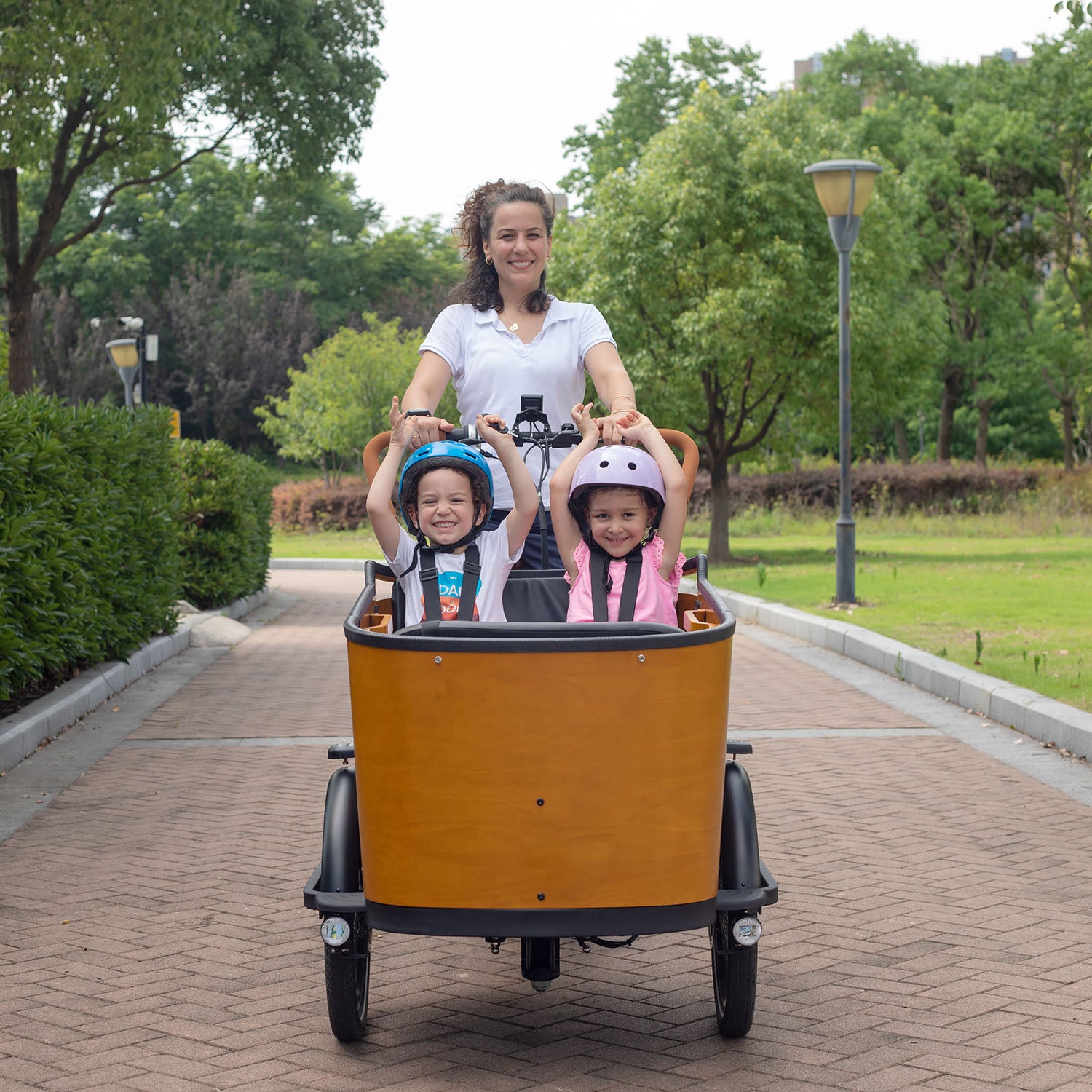
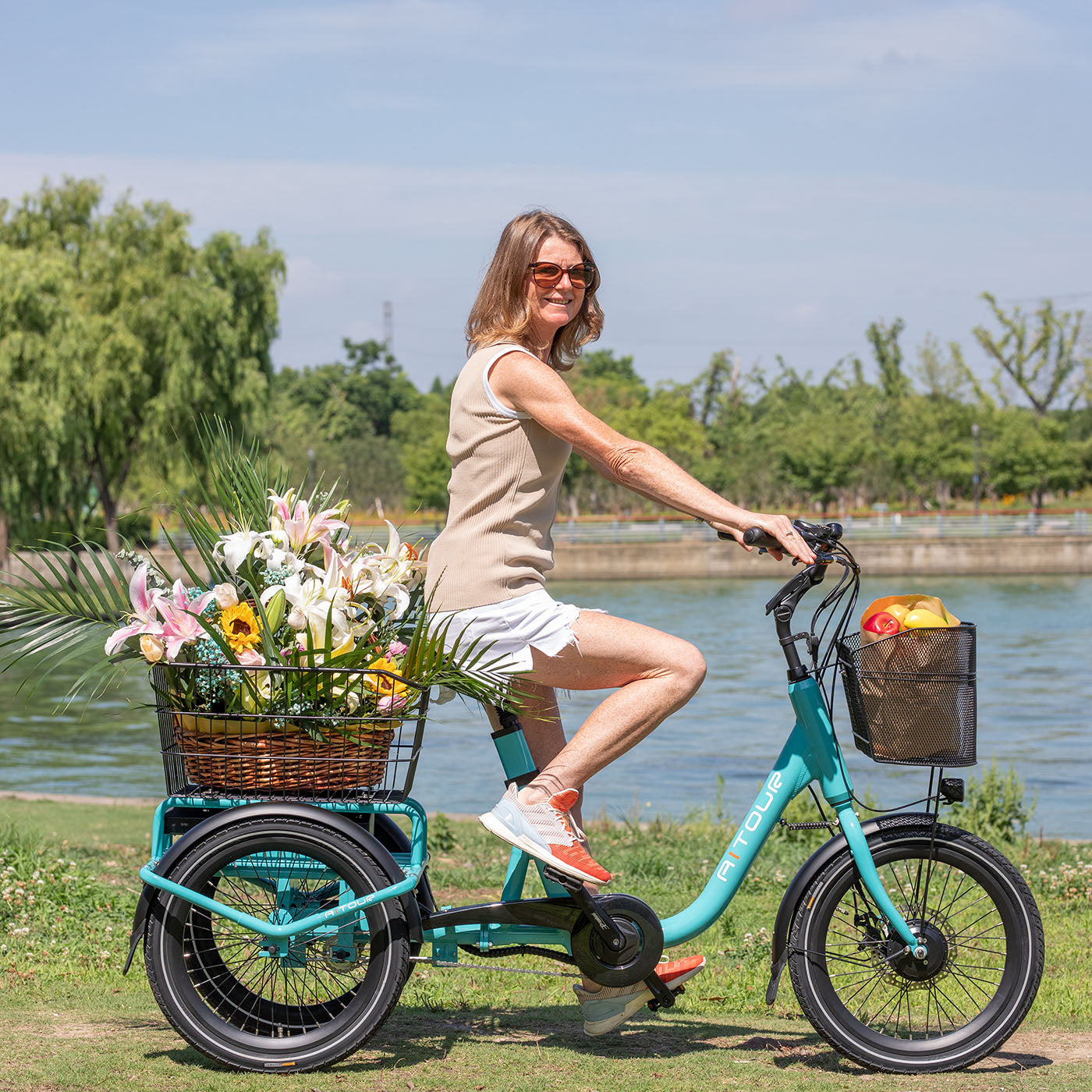
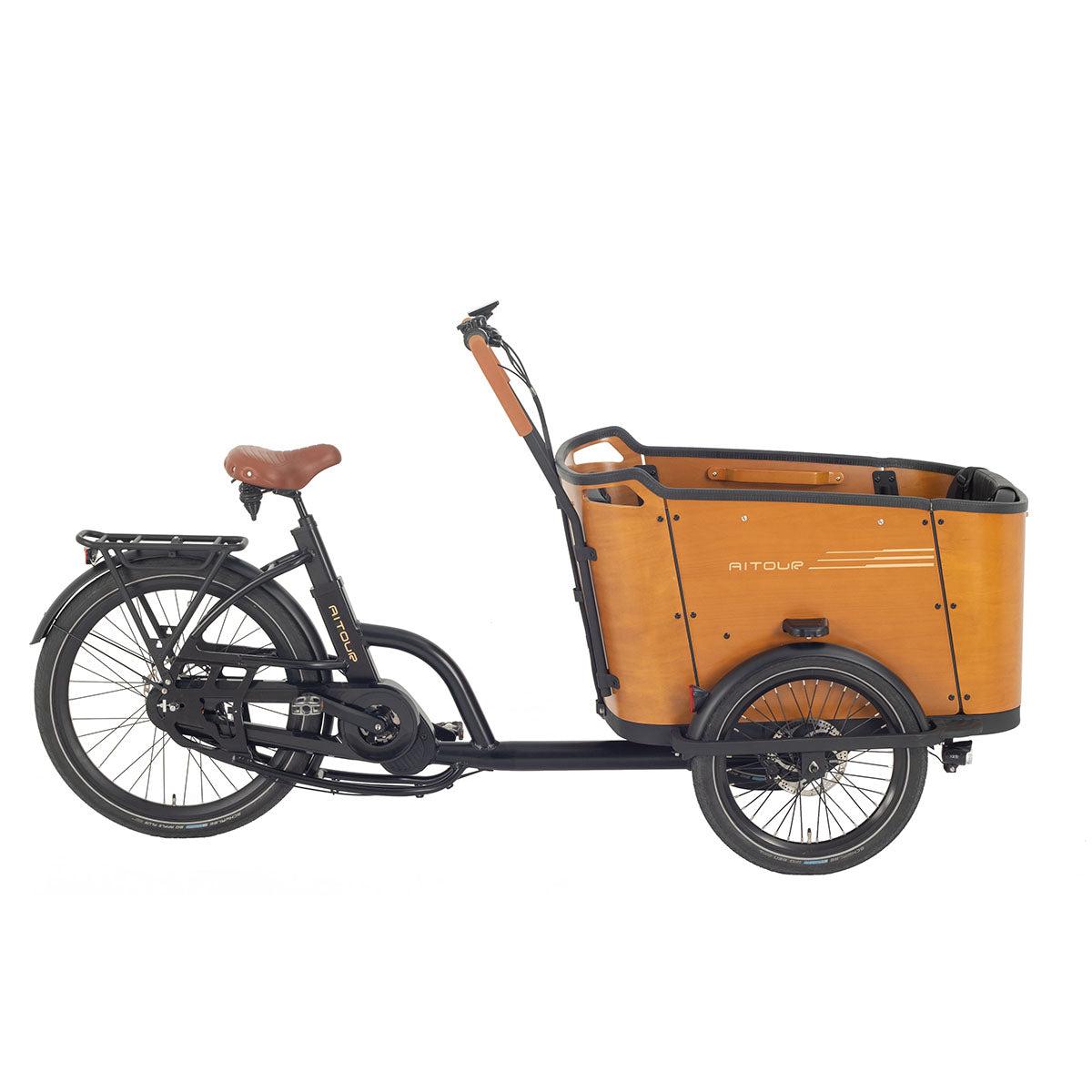
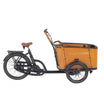
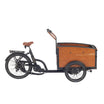
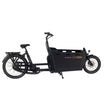
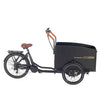

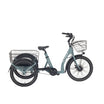
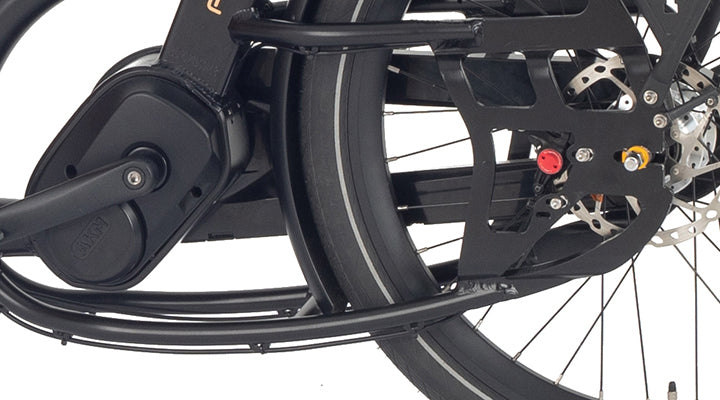
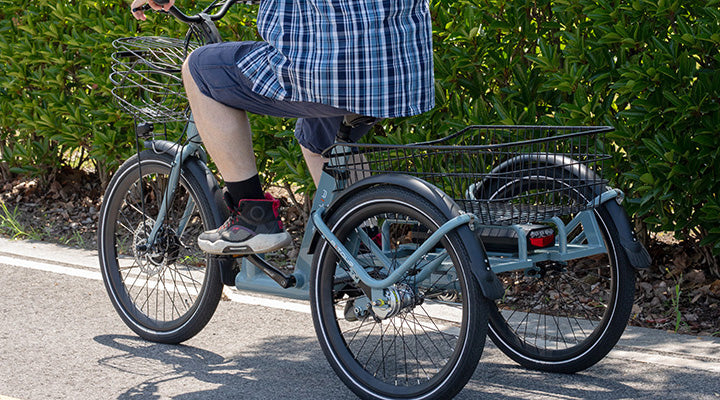
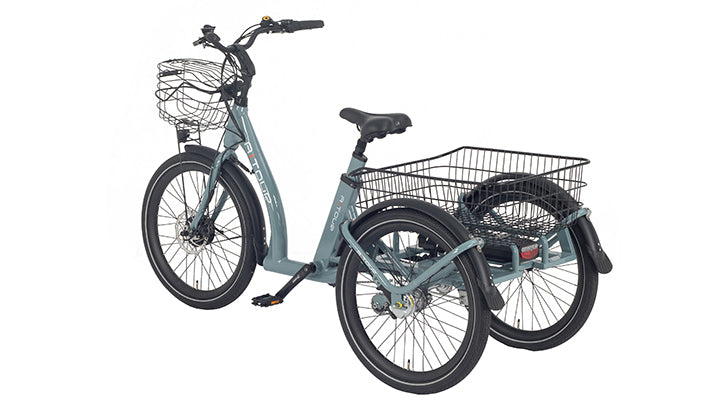
Leave a comment
All comments are moderated before being published.
This site is protected by hCaptcha and the hCaptcha Privacy Policy and Terms of Service apply.